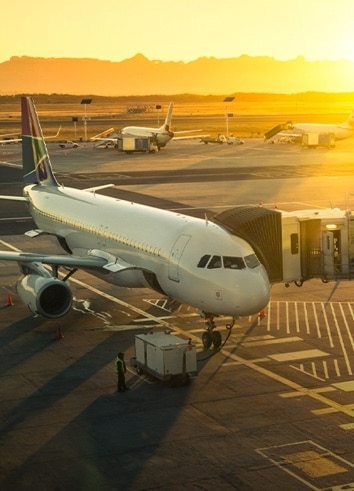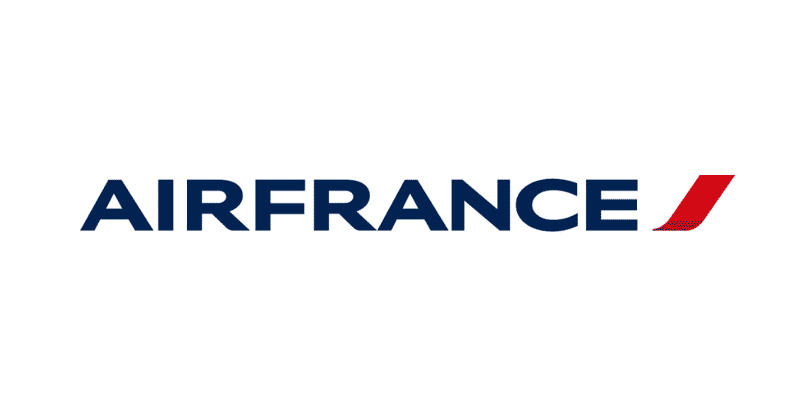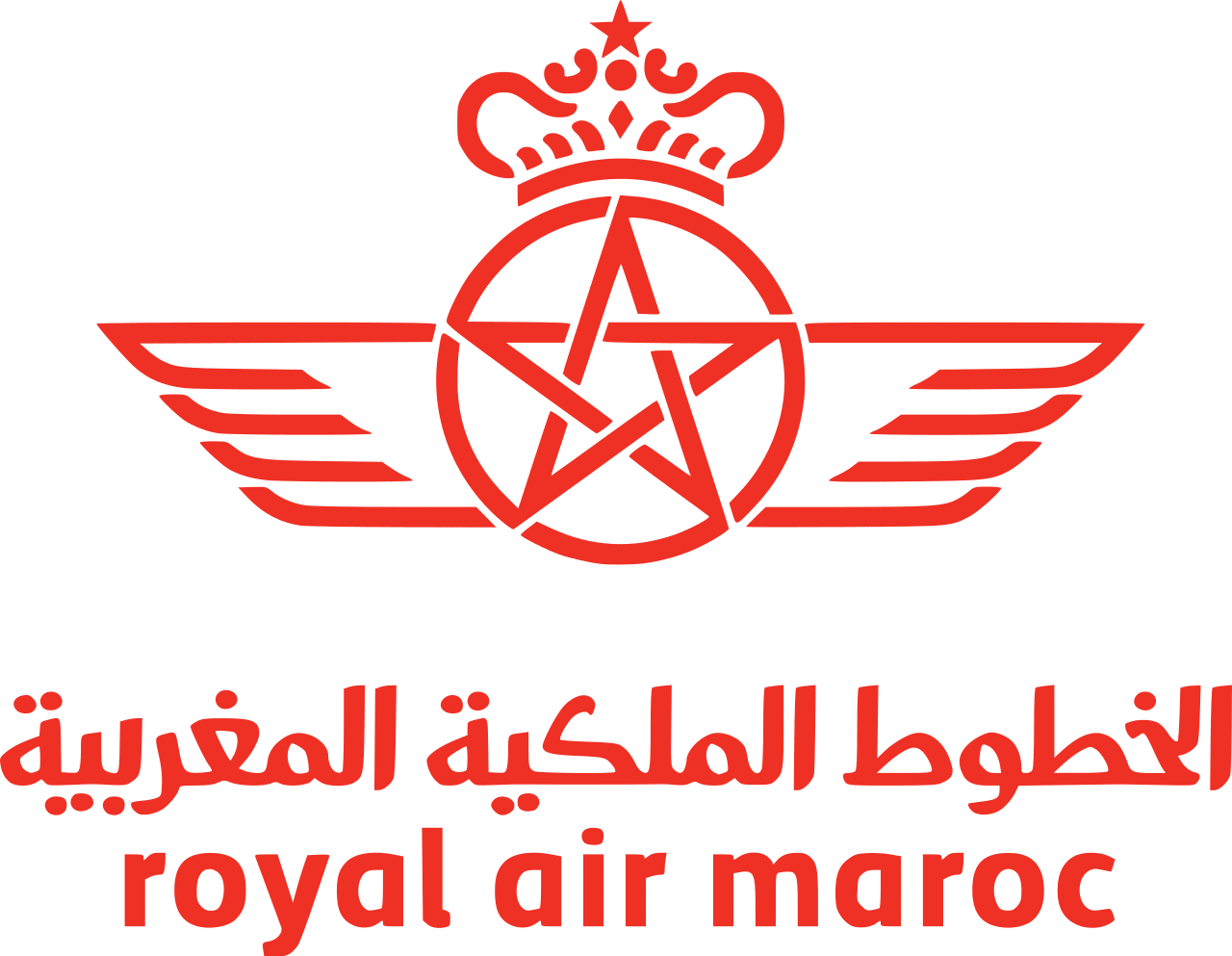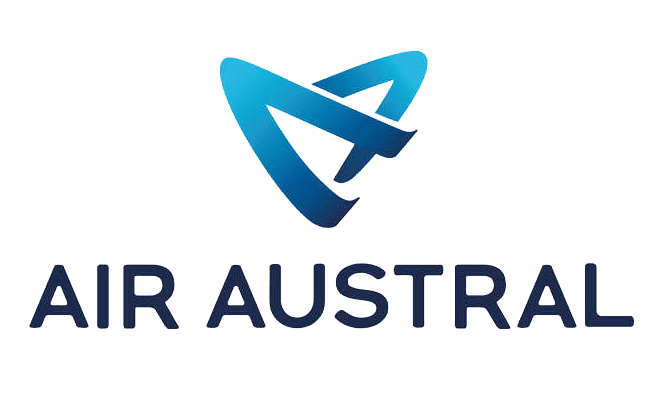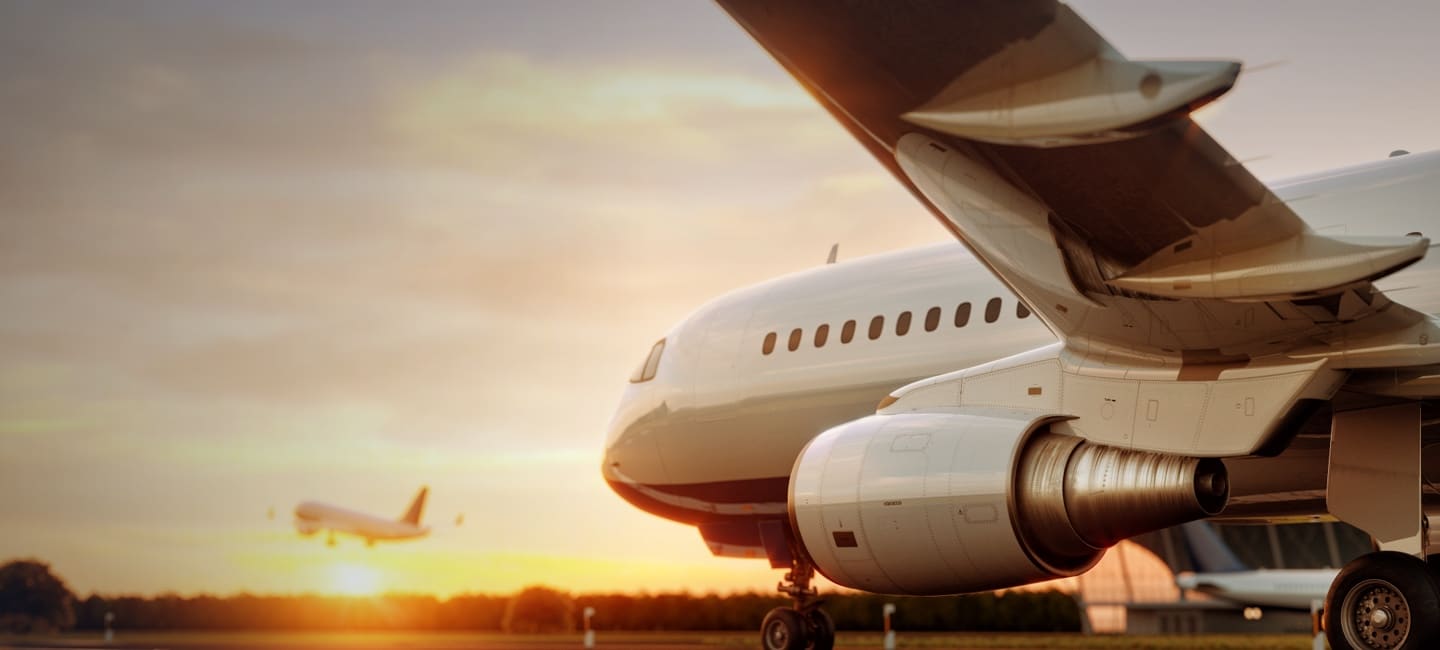
Since 1996 AVICO has been the European leader in chartering between airlines and will be able to support you in setting up your wet, damp and dry lease operations, whether you would like to place an aircraft, cover your seasonal or one-off needs.
Civil aviation engineers, former operations managers and airline shift managers, our teams will use their expertise to support contract negotiation and ensure the coordination of responsibilities and cross-insurance, compliance with all regulations and applicable procedures, will participate in defining and implementing the logistical actions essential to the smooth running of operations (transport and accommodation of crews, management of ULDs, catering equipment, organization of maintenance, customs clearance and storage of safety equipment, spare parts …).
Our H24 7/7 Operations Unit is there to find real-time charter solutions, but also to monitor operations and react immediately so that a hazard does not turn into cancellation. It can also intervene to ensure the installation of an emergency crew, or the charter of an airplane taxi to transport a technician or spare parts in the event of AOG.

- Optimization of your fleet: to provide additional capacity during peak activity, to offer alternatives during low season periods
- Responsiveness: in dealing with contingencies, and finding real-time solutions to avoid flight cancellations
- Flexibility: to ensure the replacement of modules in scheduled maintenance, in the event of a deferred revision or late delivery of the device
- Commercial agility: launch new lines without changing the size of the fleet before making the route sustainable
- Logistics: Ensure the transfer of crews, the delivery of spare parts and technicians in the event of AOG
- Availability: 24/7
AVICO has built over the years long term partnership relationships with more than 200 airlines, customers AND suppliers
What is ACMI sub-chartering?
ACMI leasing (Aircraft, Crew, Maintenance and Insurance or wet lease) is a sub-charter operation between airlines with the main scope including leasing of an aircraft, fully rostered crews on board, maintenance and insurance supplied by the lessor company. All the other flight operations components (fuel, ground handling services, traffic rights, overflight fees) remain on the account of the lessee company.
For the lessee company ACMI offers nimble anticipation for extra requirements and is also a safe option for urgent aircraft substitution.
The lessee airline could also anticipate over charged capacity of their flight program for seasonal peaks, or to be at ease when launching new scheduled routes. The airline can also make adjustments while facing unpredictable situations (unserviceable aircraft, AOG, decommissioned aircraft, crew rostering constraints) Sub-chartering outside the company would avoid flight cancellations ,high delays of operations and stranded passengers.
For the lessor airline providing the aircraft, it is the opportunity to operate an aircraft that has no planned schedule activity on its own network during the low season. Some lessor airlines may often prioritize wet leasing sub-contracts while some airlines are solely dedicated to ACMI chartering services.
What are the different options of aircraft leasing ?
Aircraft leasing to airlines is mainly conducted by two options.
Dry Lease : the lessor provides an aircraft to airline customer which enrolls the aircraft onto the list of it’s own fleet.
Wet – lease or sub-chartering contracts are mainly structured by four ACMI components : Aircraft, Crew, Maintenance and Insurance. The lessor maintains the aircraft in it’s own fleet. This service generally includes the flight-crews and commercial cabin-crew members. The lessee company will subsequently control the operation supplying flight numbers, overflight permits, traffic rights, airport ground handling services, fuel, passengers’ catering service, loading and offloading of cargo…
There is an alternate option as for long term sub-chartering contract which is known as « damp lease », lessor airline provides the aircraft with it’s pilots and the lessee airline on the other hand will roster it’s own commercial cabin crew members.
At rare occasions the lessee airline may also provide the pilots and this is considered as an « AMI » contract.
Which airlines are aircraft providers ?
There are several airlines which do not operate regular scheduled flights and are now specifically focused on ACMI sub-chartering.
AVICO’s expertise and technical skills have grown over the years as partnerships have been established with ACMI providers who we audit in order to offer the right product and service fulfilling the highest standards of airliners’ requirements.
Regular scheduled airliners are often ACMI sub-chartering customers and on the other hand may be an ACMI sub-chartering supplier during low season in order to optimize their flight schedule program.
AVICO’s international network, relationships, technical and contractual skills of it’s operational teams are ready and available to serve both, customers and suppliers.
How are insurance and liability shared during and ACMI sub-charter operations ?
The lessor is in charge of the aircraft that remains endorsed into it’s fleet. The lessor is above all responsible for the airworthiness of the aircraft.
The lessee airline that is sub-chartering the aircraft is responsible for the passengers and freight carried aboard.
The sub-charter contract will determine a clear cut of duties and responsibilities of each party to avoid any discrepancies beforehand or in the future.
Each party must check that insurance policy is correctly distributed and there are free of discrepancies. The lessor is typically bearing insurance coverage of the hull and third parties liabilities whereas the lessee would be holding insurance coverage for passengers and freight liabilities.
It is also necessary make sure currency and amounts allocated to passenger coverage are appropriate and that countries excluded from the insurance policies of the lessor and lessee airlines are in compliance with all planned operations .


